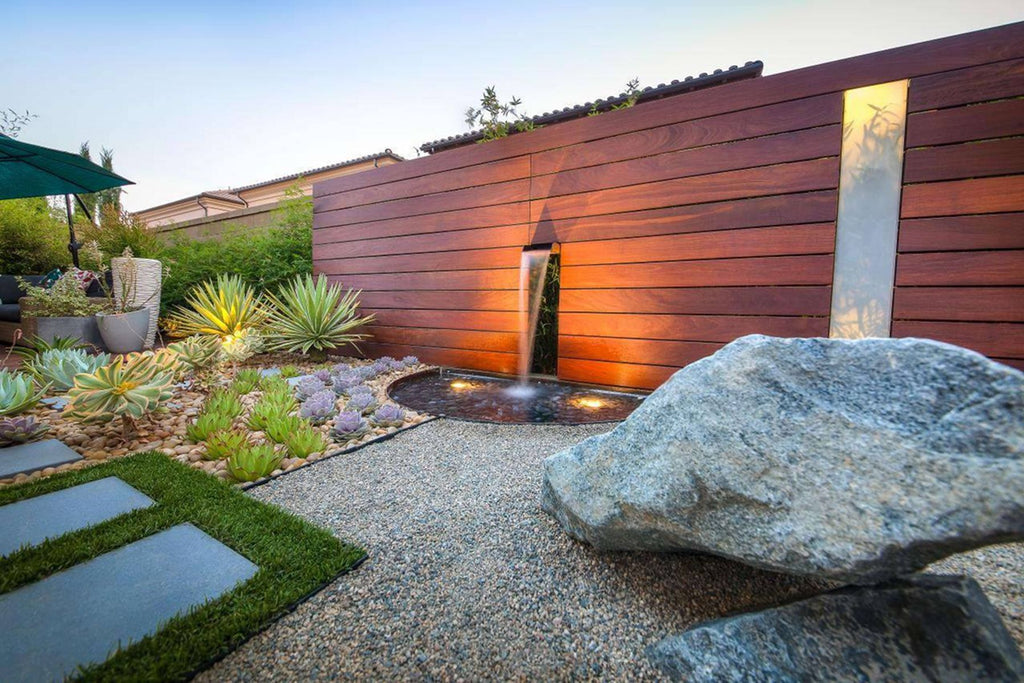Metal garden art can add a unique flair to any outdoor space, combining functionality with aesthetic appeal. Whether you’re an experienced metalworker or a curious beginner, learning how to make metal garden art can be a rewarding experience.

Understanding Metal Garden Art
Before diving into the creation process, it’s important to understand what metal garden art encompasses. These pieces can range from intricate sculptures to simple decorative elements, all made from various types of metals. The key is to make something that reflects your personal style and complements your garden’s design.
Choosing the Right Metal
When learning how to make metal garden art, selecting the appropriate metal is crucial. Common choices include steel, copper, and aluminum, each offering different benefits. Steel is durable and can be painted, copper develops a unique patina over time, and aluminum is lightweight and rust-resistant.
Benefits of Different Metals
- Steel: Strong and versatile, ideal for structural pieces.
- Copper: Ages beautifully, perfect for artistic expressions.
- Aluminum: Lightweight and easy to work with, great for beginners.
Essential Tools for Metal Art
Creating metal garden art requires specific tools. Basic equipment includes a welder, metal cutter, and protective gear like gloves and goggles. As you advance, you might add more specialized tools to your collection.
Building a Tool Kit
Start with the basics and gradually expand your toolkit. Investing in quality tools can make your projects easier and more enjoyable.
Designing Your Metal Art
The design phase is where creativity comes alive. Sketch your ideas, keeping in mind the scale and theme of your garden. Consider blending different materials and textures for a dynamic look.
Inspiration and Planning
Look for inspiration in nature, architecture, or even online galleries. Planning is key to ensuring your project is feasible and fits within your skill level.
Cutting and Shaping Metal
Once your design is ready, it’s time to cut and shape the metal. Precision is vital, so take your time and follow your design closely. Remember to wear protective gear to prevent injuries.
Techniques for Shaping
Techniques like bending, hammering, and welding allow for diverse shapes and structures. Practice these skills to enhance your capability in creating complex designs.
Assembling Your Art Piece
Assembling involves bringing all the pieces together. This step requires patience and precision to ensure stability and aesthetic appeal. Welding is often used to join pieces, but bolts or rivets can also be effective.
Ensuring Stability
Check the stability of your piece regularly during assembly. A sturdy base is essential for outdoor installations, especially in windy areas.
Finishing Touches
Finish your metal garden art with paint or a protective coating to enhance its durability and appearance. Choose weather-resistant finishes to protect against the elements.
Choosing the Right Finish
Consider the environment where your art will be displayed. UV-resistant paint and rust-proof coatings can help maintain your art’s appearance over time.
Installing Your Metal Art
Proper installation is crucial for both safety and visual impact. Ensure your piece is securely anchored, especially if it is tall or top-heavy.
Placement and Positioning
Think about the best location in your garden to showcase your art. Consider how natural light and shadows will interact with your piece.
Maintenance and Care
Regular maintenance will keep your metal garden art looking its best. Clean and inspect your piece periodically to address any wear or damage.
Tips for Longevity
Apply new coats of protective finish as needed, and make any necessary repairs promptly to prevent further damage.
Showcasing Your Art
Once your metal art is complete, its time to showcase it. Whether you display it in your private garden or share it with the community, its sure to be a conversation starter.
Public and Private Displays
Consider participating in local art shows or community events to share your work with a wider audience.
Learning and Growing
As you continue creating metal garden art, you’ll develop new skills and techniques. Embrace challenges as opportunities to learn and improve.
Continuing Education
Join workshops or online courses to expand your knowledge and connect with other enthusiasts.
Resources and Communities
Engage with online communities and resources for support and inspiration. Websites like DIY Metal Garden Sculptures offer valuable insights.
Connecting with Others
Share your experiences and learn from others in forums and social media groups dedicated to metal art.
Inspiration from Professionals
Look to professional metal artists for inspiration. Their work can provide new ideas and push you to explore advanced techniques.
Conclusion
Creating metal garden art is a fulfilling journey that combines creativity, skill, and passion. Whether you’re crafting for personal enjoyment or aiming to impress in public spaces, your creations can bring joy and beauty to any garden.

FAQs
What tools do I need to start making metal garden art?
Basic tools include a welder, metal cutter, and protective gear. As you gain experience, you can expand your toolkit.
Can I use recycled metal for garden art?
Yes, recycled metal can add unique character to your pieces and is environmentally friendly.
How do I maintain my metal garden art?
Regular cleaning and applying protective coatings will help maintain your art’s appearance and durability.
For more creative ideas, visit DIY Home Decor.
This article contains affiliate links. We may earn a commission at no extra cost to you.

